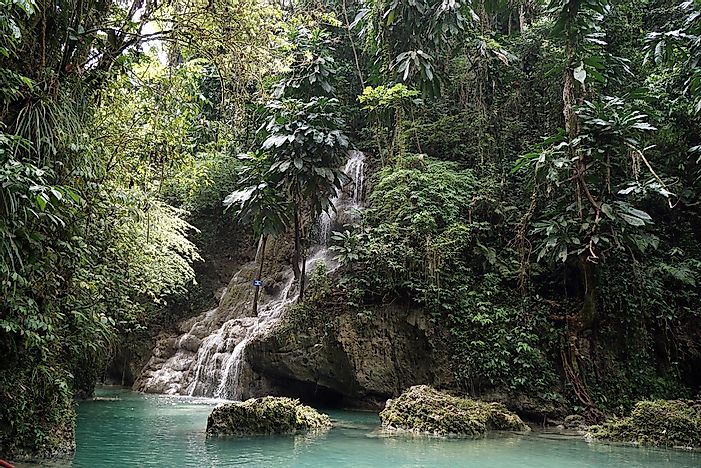
Tuesday, September 4, 2018
Chapter 8 - Admir Basic
In Chapter 8 of The Sixth Extinction, Kolbert meets Miles Silman, a scientist who studies tropical environments. Climate change is often thought to only be apocalyptic to species that thrive in colder climates but this chapter outlines the dangers of increasing temperatures on tropical environments. A general trend that is outlined in the fact that biodiversity tends to increase in places closer to the equator. This trend is outlined in pages 151 and 152 when the author outlines a “hypothetical journey” from the North Pole all the way down to “bits of Venezuela, Peru, and Brazil...passes to the west of Silman’s tree.” [(R) I am blown away that the Northern United States has tens of native tree species whereas countries closer to the equator have thousands of distinct tree species. This connects to the theme that Earth is one interconnected system since there is a clear trend that life is more concentrated near warm, tropical systems.] One theory about the reasoning behind the vast biodiversity in rainforests is that the “evolutionary clock there ticks faster” meaning that the high population of species reproduce faster leading to more mutations letting natural selection kick in faster. Other theories claim that “temperatures there are relatively stable” and that “the tropics...are old.” While the climate in tropical environments has been sufficient to support a large biodiversity for millions of years, current global warming is creating the need for species and trees to move towards the north because the equator is too warm. The species that are able to migrate quickly enough to find suitable temperatures will be the ones that survive while the organisms that don’t adapt fast enough will go extinct. Many scientists estimate that by 2050, 30-50% of the species occupying the planet will go extinct due to anthropogenic climate change.


Subscribe to:
Post Comments (Atom)
Chapter 4 Armando Peralta
Chapter 4 builds off of the concepts that chapter 2 and Chapter 3 discussed by describing a scientists attempt to prove the most popular ext...

-
Elizabeth Kolbert starts chapter 9 by talking about her trip to Reserve 1202 in the Brazilian state of Amazonas. She describes ...
-
In chapter 9 of the book, Kolbert talks about the Biological Dynamics of Forest Fragments or BDFPP, founded by Thomas Lovejoy. This ...
-
In chapter 13, Elizabeth Kolbert goes to the Institute for Conservation Research near the San Diego Zoo. Researcher Marly Houck...
No comments:
Post a Comment